Karakol, Kyrgyzstan
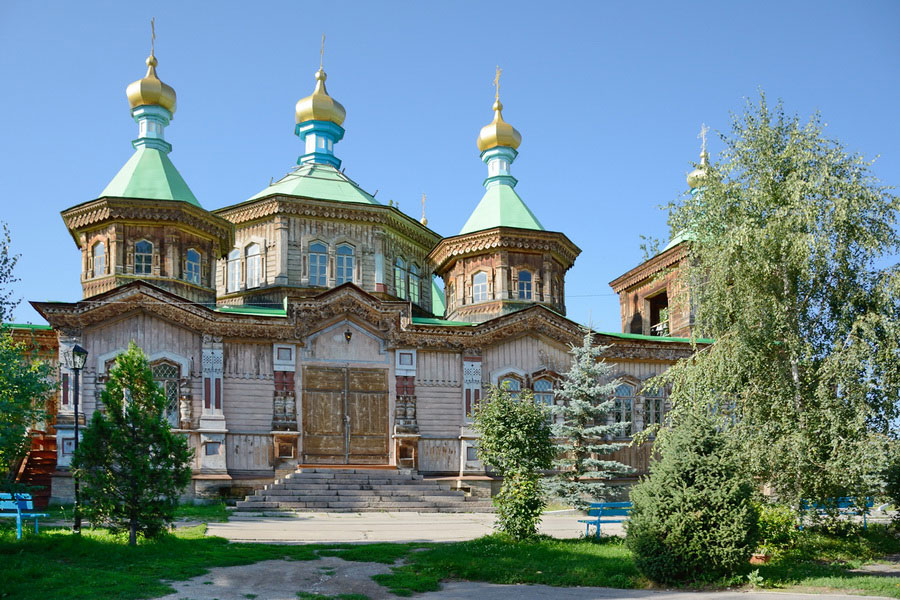
Tours, Attractions and Things to Do in Karakol
Karakol is a vibrant tourist center in Kyrgyzstan, offering a wide range of activities for every taste. Located in the eastern part of the country, near the shores of Lake Issyk-Kul, Karakol is well-known among skiers and snowboarders for its large ski resort with slopes of varying difficulty and freeride opportunities. Additionally, Karakol is an excellent place to explore the culture of the Kyrgyz people and the region's smaller ethnic groups, such as the Uyghurs and Dungans.
Our Karakol travel guide provides all the essential information for your trip, including what to see, things to do, what to eat, and how to get there.

Discover cozy Karkara yurt camp nestled in a picturesque valley near the Kazakhstan border.
Operating Period: January 1 to December 31
from 60 $ per person Details
Karakol Tours
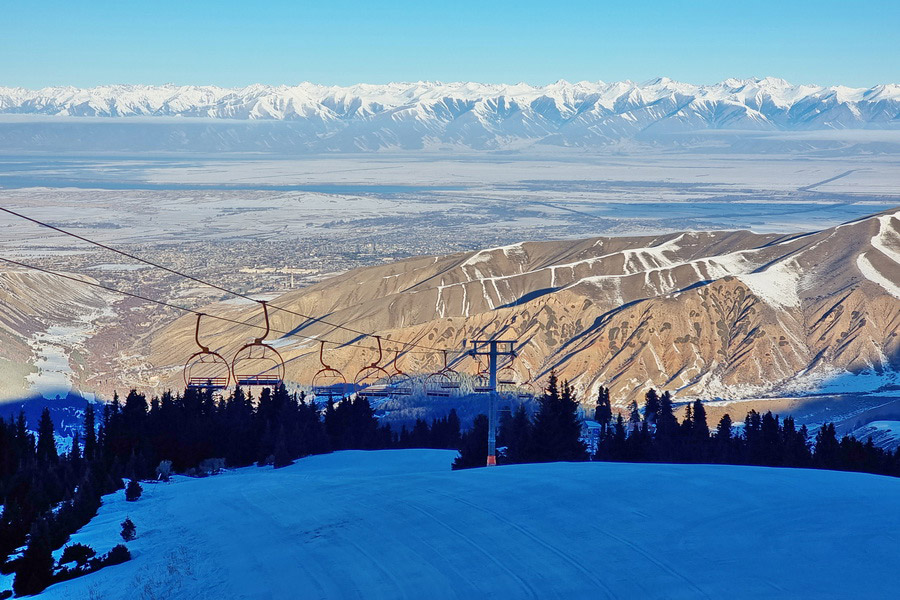
Traveling to Karakol offers a variety of experiences, including cultural tours to fascinating attractions and museums, gastronomic tours featuring Kyrgyz, Uyghur, and Dungan cuisine, and active tours with hiking and horseback riding in the mountains. You can also enjoy ethno-tours, where you can learn about the customs and traditions of the local people, stay in a yurt, and discover the secrets of local craftsmen.
Karakol tours are diverse and can be part of a larger Kyrgyztan tour or consist of many day-tours around the city and its surroundings. The area around Karakol is home to stunning natural attractions such as Jeti-Oguz Gorge, Ala-Kul Lake, Altyn-Arashan Gorge, and more. To fully explore all the interesting places in Karakol, you should plan to spend at least a week.
History of Karakol

For centuries, these lands were inhabited by nomadic Kyrgyz who migrated closer to Issyk-Kul in winter and returned to the mountains in summer. This area was part of various historical kingdoms and sometimes gained independence. In 1831, troops from the Kokand Khanate arrived, established control over trade routes, and began collecting taxes. In 1832, they built several small fortresses, one of which was named Karakol, after the local river. In 1843, the local Kyrgyz rebelled, regained their independence, and in 1855, they sought protection from Russia against the Kokand Khanate to the west and the Qing Empire to the east.
In 1857, the famous Russian traveler Semenov-Tyan-Shansky passed through the area that would become Karakol and found no traces of settlements or the fortress remains. By 1863, the first Russian military fortification was built near the future city. On July 1, 1869, the construction of the town of Karakol, then called Karakolskoye, began. Another Russian traveler, Przhevalsky, periodically stopped here at the beginning and end of his expeditions into Asia. Unfortunately, before his fifth expedition, he fell ill with typhoid fever and died in Karakol in 1888. His grave is now located 12 kilometers from the town on the shores of Issyk-Kul, with the Przhevalsky Museum nearby. Karakol was renamed Przhevalsk in 1889, reverted to its original name in 1922, and was called Przhevalsk again in 1939 to honor the 100th anniversary of the traveler's birth. The name Karakol was finally restored in 1992, following Kyrgyzstan's declaration of independence.
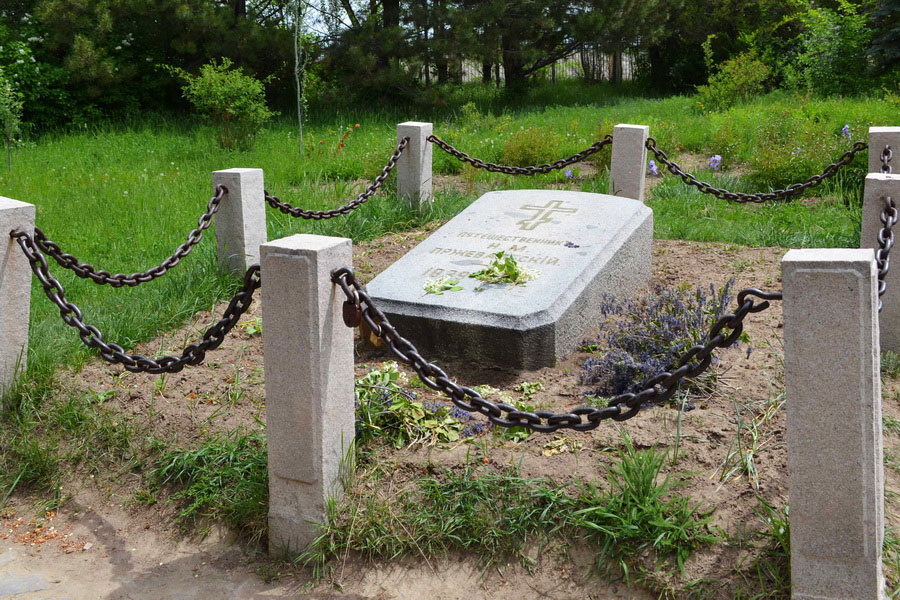
For most of the 20th century, Karakol remained a provincial town with small industries, agriculture, and cattle breeding. The city also served as an administrative center in eastern Kyrgyzstan. In the 1930s, ski camps began to be organized around Karakol, and gradually, 10 km south of the city, a ski base was developed. New tracks were created, elevators were built, and other infrastructure was established. By the end of the 20th century, the Karakol ski resort had become one of the best places for winter recreation in Central Asia.
Landmarks and Attractions
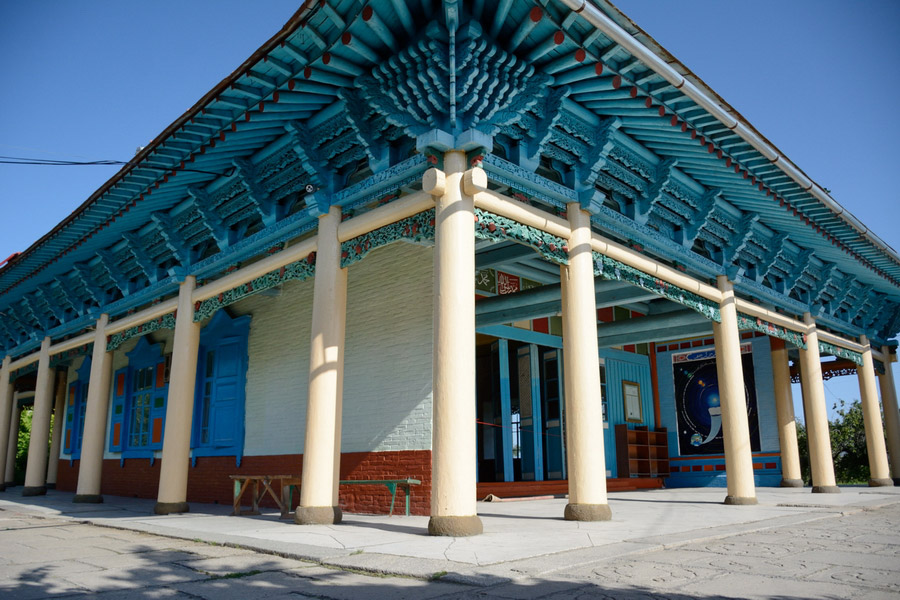
Karakol may be a young and small city with a modest history, but it stands out as one of the most interesting cities in Kyrgyzstan. The city boasts unusual monuments, museums, and nearby spectacular natural attractions.
Holy Trinity Cathedral - This Orthodox church, dating back to 1895, is built entirely of wood on the brick foundation of the first church, which was destroyed by a powerful earthquake.
Dungan Mosque - Built in 1910, this unique mosque resembles a Buddhist pagoda. It was constructed from wood by an architect and 20 carvers from China, invited by the renowned Dungan Ibrahim Aji.
Przhevalsky Museum - Opened in 1957, the museum showcases exhibits about the four expeditions of Russian traveler and explorer Przhevalsky. It is located 10 km from Karakol.
Karakol Historical Museum - Founded in 1941 as a local history museum, it is housed in a historic building dating back to 1880. Eight halls display archaeological, ethnographic, and other exhibits about the region.
Karakol's Vicinities
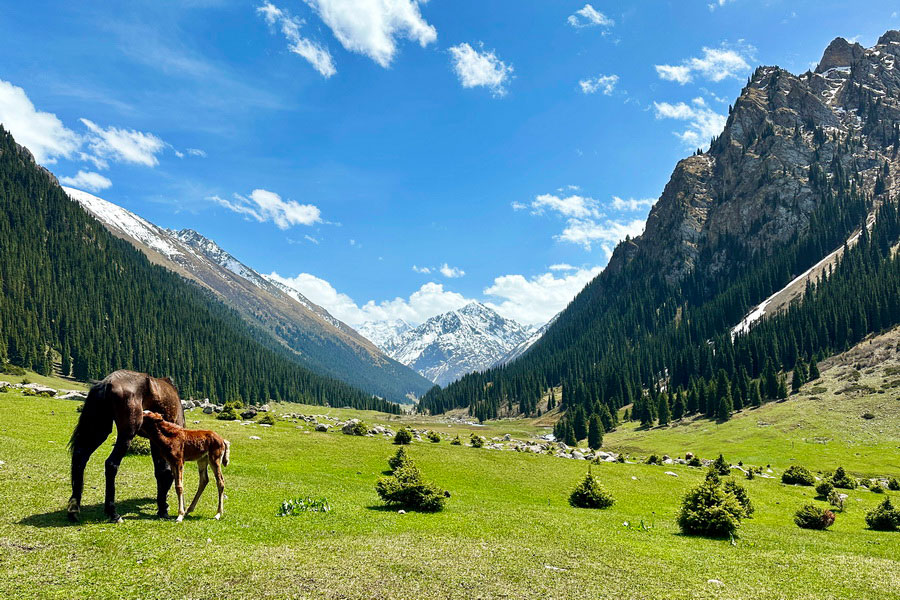
Karakol is situated in a picturesque valley with the Terskey Ala-Too mountain range to the south. The area is surrounded by dozens of gorges, each with unique nature and beauty. Hiking and horseback riding tours are frequently organized here, sometimes spanning several days and crossing mountain passes. The most popular and accessible sights around Karakol can be visited on one-day tours.
Jeti-Oguz Gorge - One of the symbols of both Karakol and Kyrgyzstan, located 30 kilometers southwest of Karakol. The name translates from Kyrgyz as "seven bulls," referring to the seven large red rocks that make up this natural monument.
Ala-Kol Lake - A high-altitude glacial lake hidden among the mountains of the Terskey Ala-Too range. Located at an altitude of 3532 meters, 25 km south of Karakol, it requires a 12 km trek with an altitude gain of more than 1000 meters.
Altyn-Arashan Gorge - Known for its unique nature, spruce forests, lush meadows, and hot springs at an altitude of 2600 meters. This stunning location is just 25 kilometers southeast of Karakol.
Ski Resort

In winter, Karakol transforms into a paradise for skiers and snowboarders. The ski base, located only 10 km from the city, is easily accessible by taxi and shuttle buses. The resort offers excellent infrastructure, including four chairlifts, a hotel, separate chalets, a restaurant, a cafe, and equipment rental points.
The pistes vary in complexity and length, ranging from 500 to 3500 meters, suitable for beginners to advanced skiers. The resort is open from November to April, with soft snow about 2 meters thick. Besides, the resort offers mountain slopes for freeride, and several companies organize heliskiing in the Karakol area. Thanks to the warm influence of Issyk-Kul Lake, daytime temperatures usually do not fall below -5 degrees Celsius, and there are many sunny days in winter.
Things to Do in Karakol
Karakol is an excellent destination to explore the culture of the Kyrgyz, Uighur, and Dungan peoples. The town offers diverse and stunning natural landscapes that can be explored through hiking, horseback riding, and water tours. Karakol is also a hub for sports enthusiasts, featuring a renowned ski resort and opportunities for activities like stand-up paddleboarding, cycling, trekking, and mountaineering. With a wide range of activities, you'll always find something to do in Karakol, enough to keep you engaged for an entire month.
How to Get to Karakol
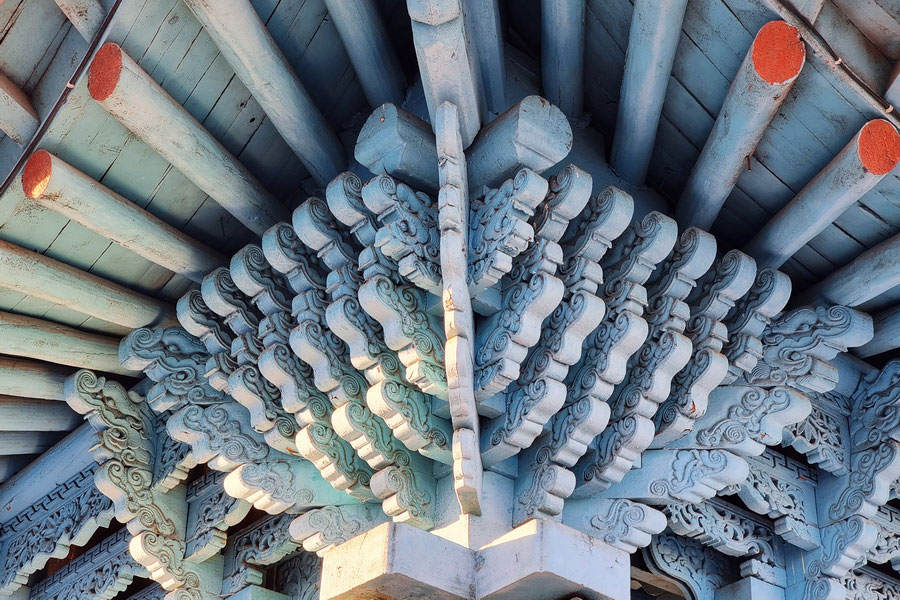
Karakol is the easternmost city in Kyrgyzstan, located 400 km from Bishkek and 140 km from Cholpon-Ata on Issyk-Kul. The best and only way to reach Karakol is by car. Regular buses and shuttles operate from Bishkek and Cholpon-Ata. There is no railway station in the city, and the local airport has been under reconstruction since 2018. Once completed, Karakol Airport will be able to receive international flights.
The border with Kazakhstan is 83 km from Karakol at the Karkara checkpoint. Crossing this checkpoint, you can reach Charyn Canyon (93 km) or the Kolsai Lakes (160 km).
Food in Karakol
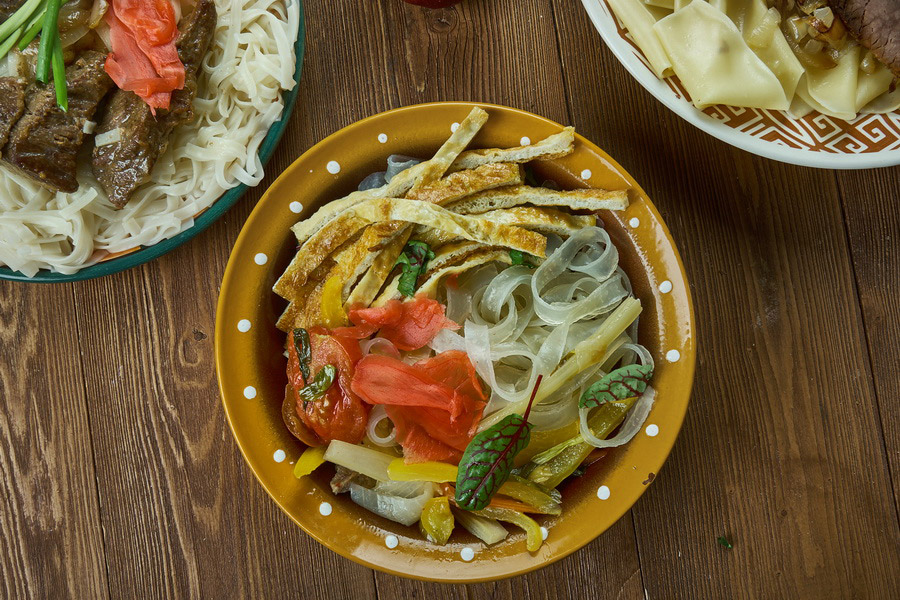
Karakol’s cuisine is a delightful discovery for travelers, offering dishes from the Dungan and Uyghur communities, which differ from traditional Kyrgyz cuisine. Numerous places in the city serve authentic dishes.
- Ashlyamfu (Ashlyan-fu): A cold Dungan soup with two types of noodles (starchy and wheat), meat, eggs, and vegetable broth. It can be spiced with "lazi" (lazjan) and is often served with potato pie and hot tea.
- Lagman: A popular Dungan dish consisting of boiled noodles with stewed meat and vegetables. Variants include broth, fried lagman, and different types of meat.
- Karakol Manty and Uyghur Khoshans: Tasty dough products with fillings. Karakol manty includes meat and local herbs, while khoshans are filled with pumpkin. These dishes are often spiced with "lazy" and enjoyed with sour milk drinks.
Safety in Karakol
Karakol is a small town with a low crime rate. However, it’s important to observe standard safety measures: don’t leave valuables unattended, avoid groups under the influence of alcohol, and don’t walk in deserted places at night.
When exploring mountainous areas, follow safety rules: heed guides' instructions, stay on trails, avoid drinking water from unknown sources, and don’t eat unknown or unwashed berries. Wear appropriate footwear and clothing and bring sun and weather protection.
In winter, snowboarders and skiers should stick to proven slopes, use necessary equipment, and be trained for emergencies like avalanches or crevasses. In case of theft, fraud, or emergencies, contact law enforcement or the Ministry of Emergency Situations at 112.
Best Time to Visit Karakol
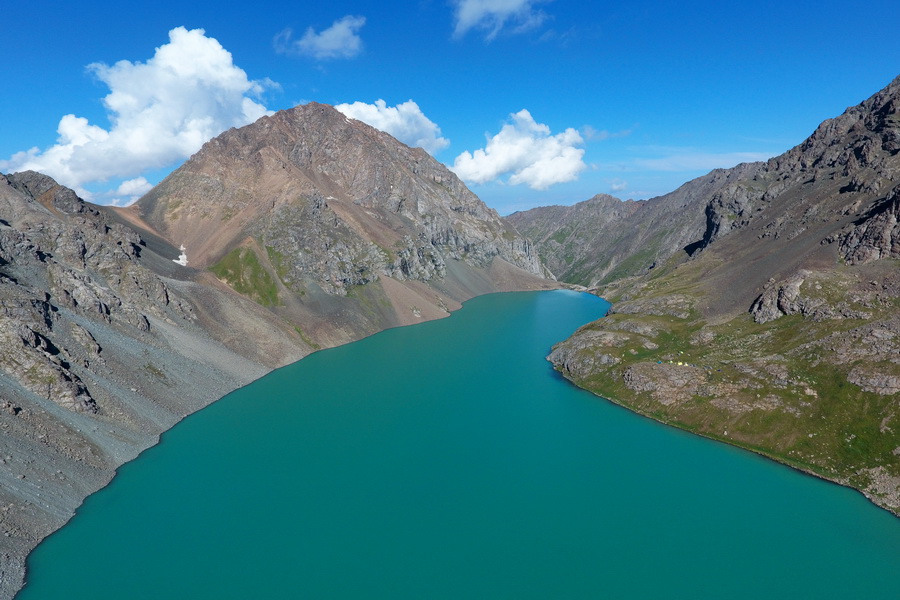
You can visit Karakol year-round, depending on your preferences:
- November to April: Skiing and snowboarding
- June to September: Swimming in Lake Issyk-Kul
- March to October: Mountain hiking and horseback riding tours
Located at an altitude of over 1700 meters, Karakol has a cool mountain climate. Summer daytime temperatures reach +25°C, dropping to +10°C at night. Summer also sees most precipitation, around 100 mm monthly. In winter, daytime temperatures are -5°C, dropping to -15°C at night, with less precipitation and fewer cloudy days.
For a trip to Karakol, bring warm clothes, rain and sun protection to ensure a comfortable visit.


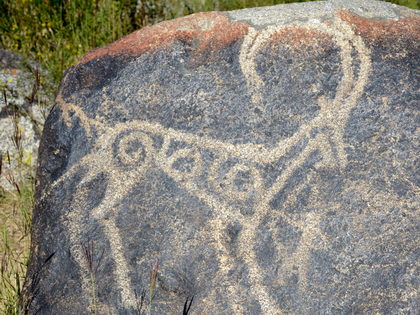
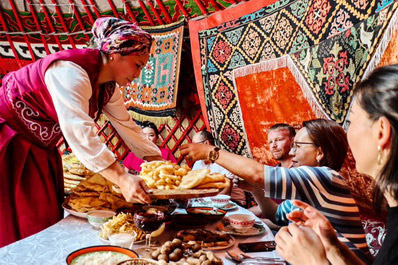 Kyrgyz Ethnic Dinner In A Yurt
Kyrgyz Ethnic Dinner In A Yurt Dungan Village and Family Dinner
Dungan Village and Family Dinner Russian Cossack FamiIy Dinner
Russian Cossack FamiIy Dinner Dungan Hot Pot Dinner
Dungan Hot Pot Dinner Uyghur Homestyle Dinner
Uyghur Homestyle Dinner Dungan Lagman Cooking Class
Dungan Lagman Cooking Class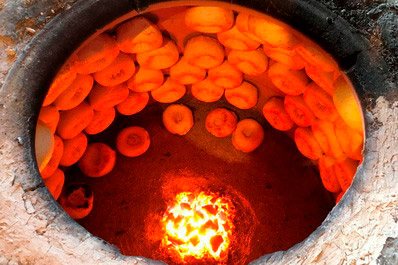 Bread-Baking Workshop
Bread-Baking Workshop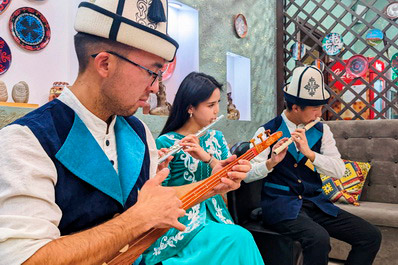 Kyrgyz Folk Show
Kyrgyz Folk Show Kyrgyz Honey Tasting Experience
Kyrgyz Honey Tasting Experience Karakol City Walking Tour
Karakol City Walking Tour Felt Carpet Making Workshop
Felt Carpet Making Workshop SUP Rental and Tours
SUP Rental and Tours Karakol Sunset Cruise
Karakol Sunset Cruise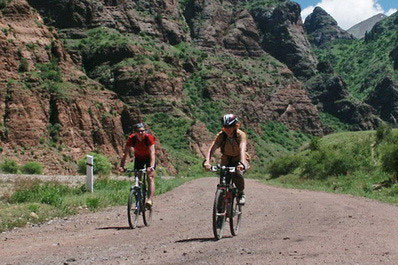 Bicycle Rental
Bicycle Rental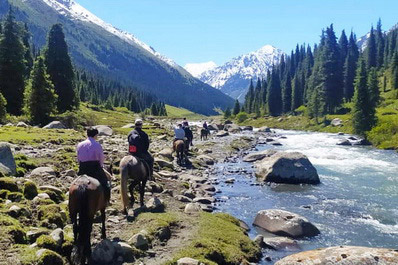 Horseback Riding Day Tour
Horseback Riding Day Tour South Shore Tour
South Shore Tour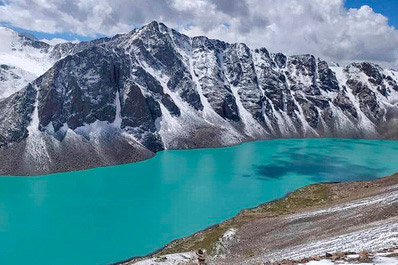 Ala-Kul Tour
Ala-Kul Tour Nomadic Life Yurt
Nomadic Life Yurt